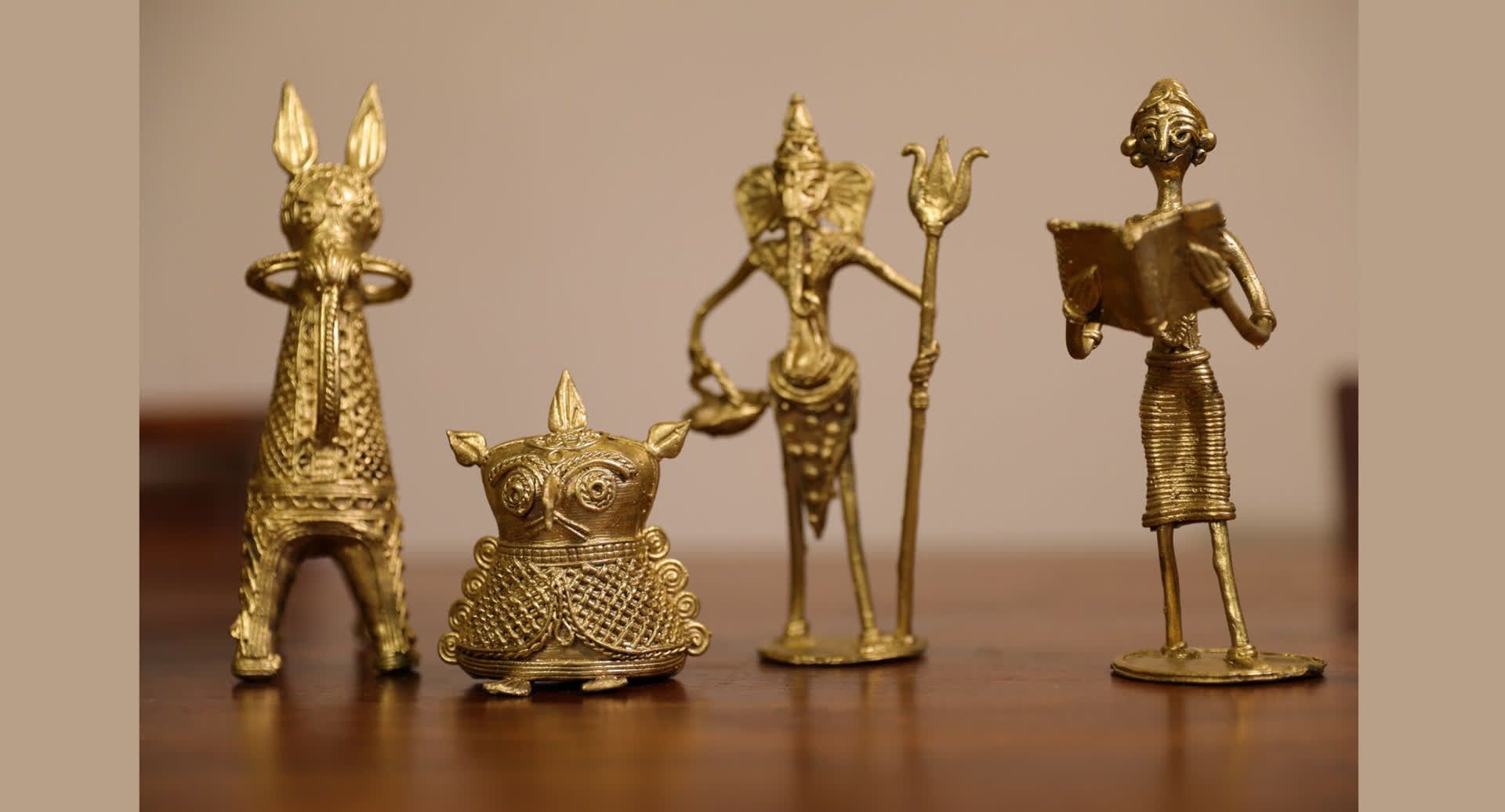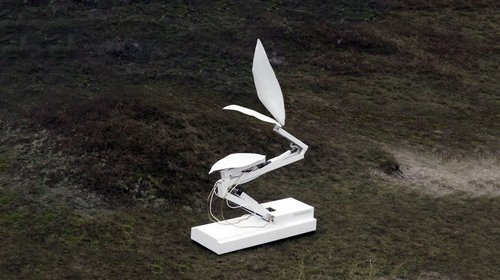The number of camels shows a decline of 37% from the 2019 livestock census.
Reasons for decline of camels in India
Conservation Efforts
Camel Varieties in India
References
Bengal village Lalbazar is becoming a hub for an ancient metalcraft, dokra.

Lalbazar and Lodha Tribe
References
The new Gelbots crawls like 'the worm' when temperature changes can be significant in the field of ‘soft robotic’.
Soft robotics is a branch of robotics where the robots are fashioned out of organic and non-metallic materials.
Potential application areas
References
ECONARIO
“Plant,” an art installation by Biersteker is displayed in the United the Nations Biodiversity Conference (COP15) in Montreal, Canada.

References
High risk area warning on the Gulf of Eden and Somalian coast removed for seafarers from January 1, 2023.
The International Chamber of Commerce International Maritime Bureau tracks piracy attacks globally.
Significance of Gulf of Aden
References